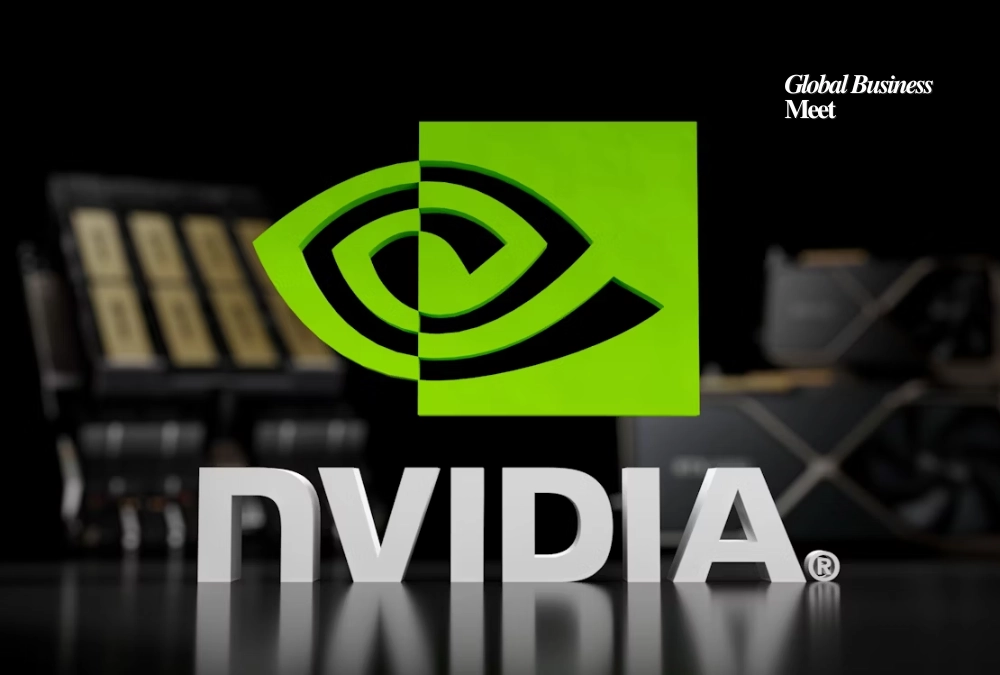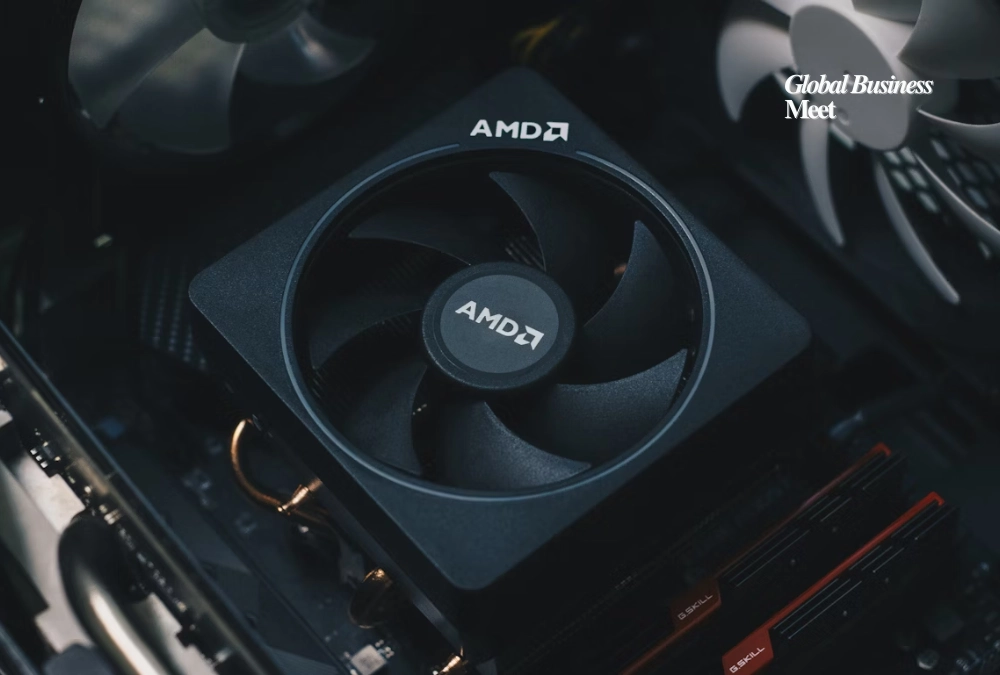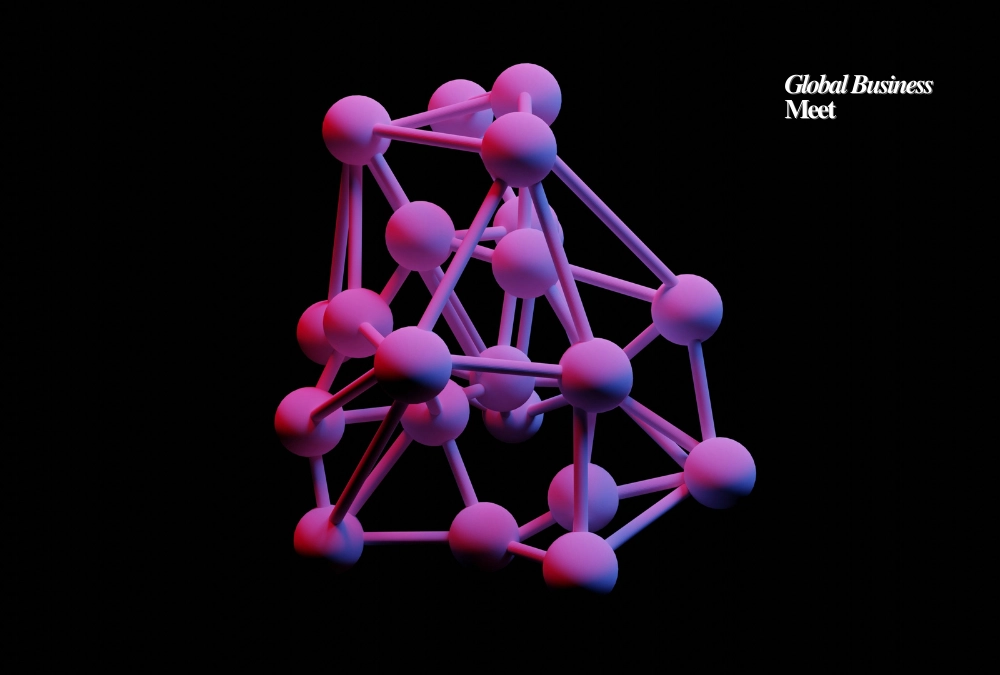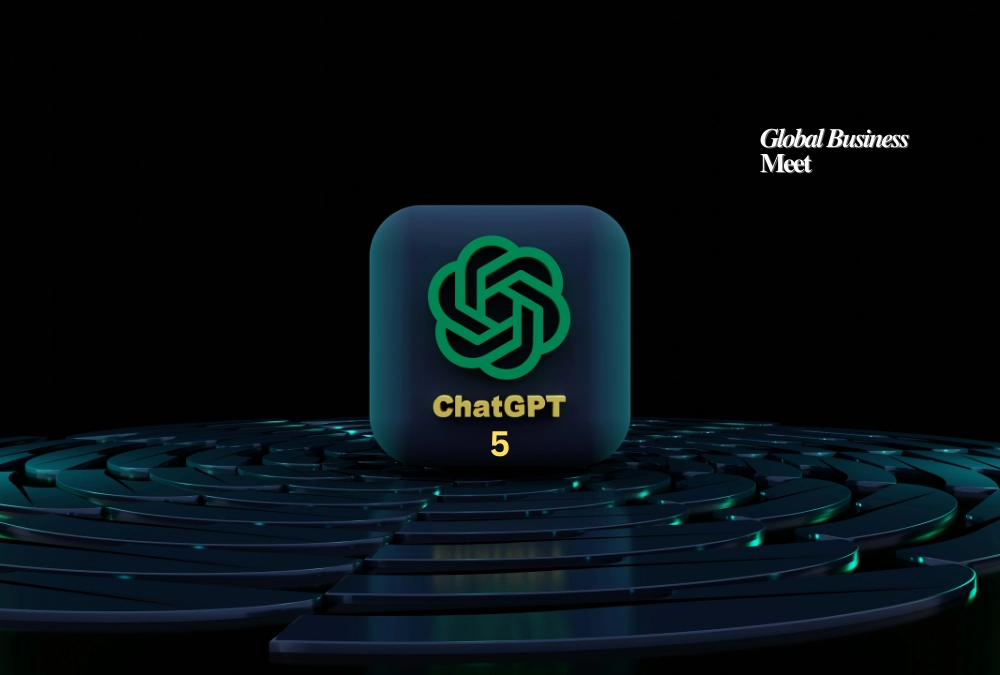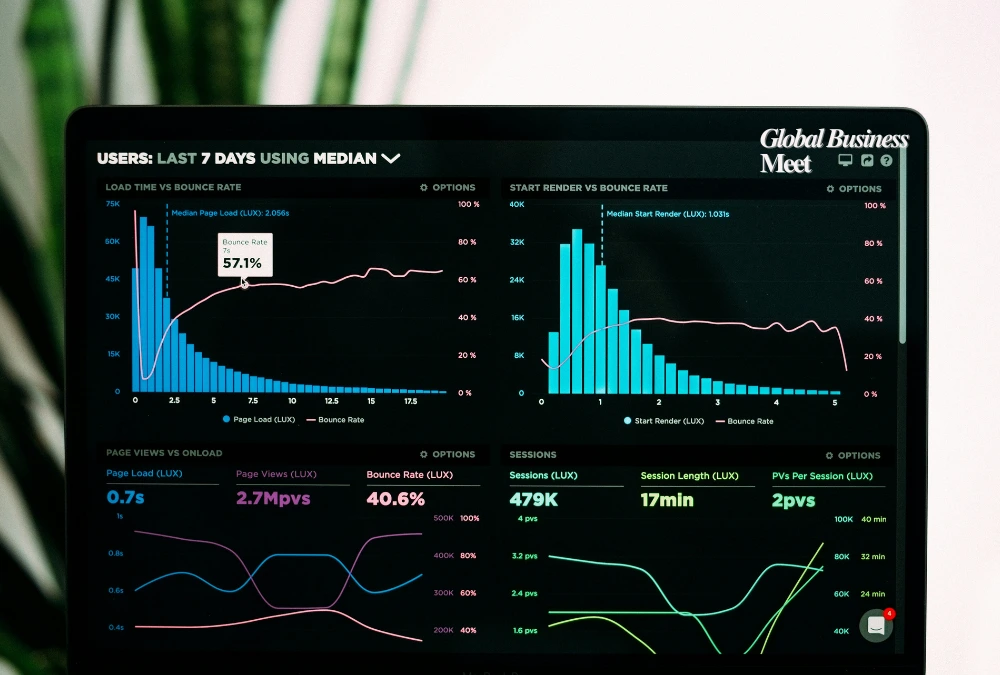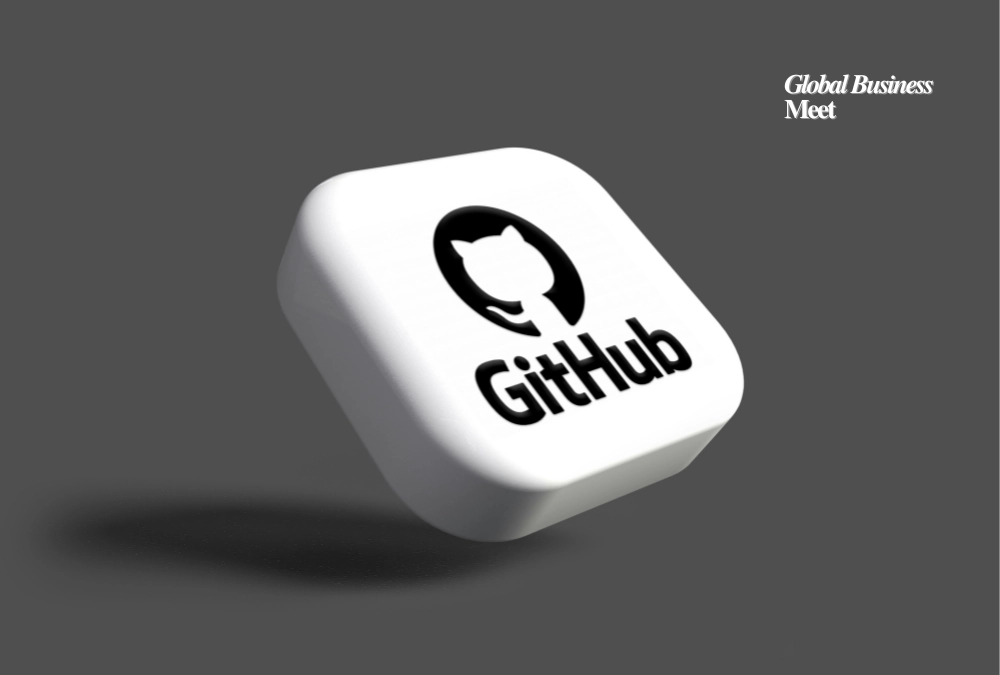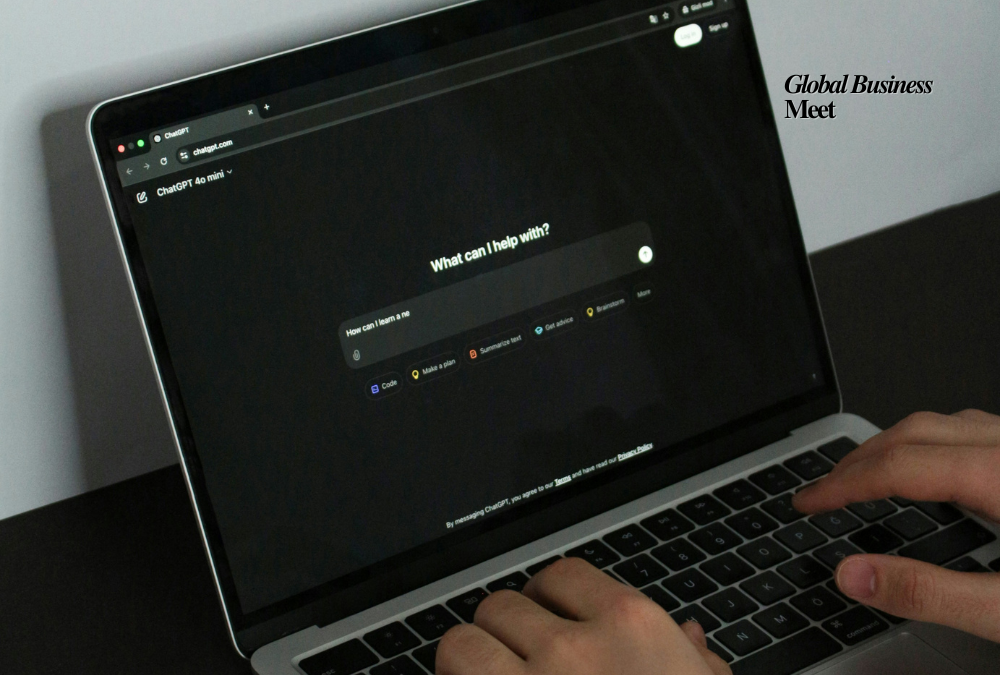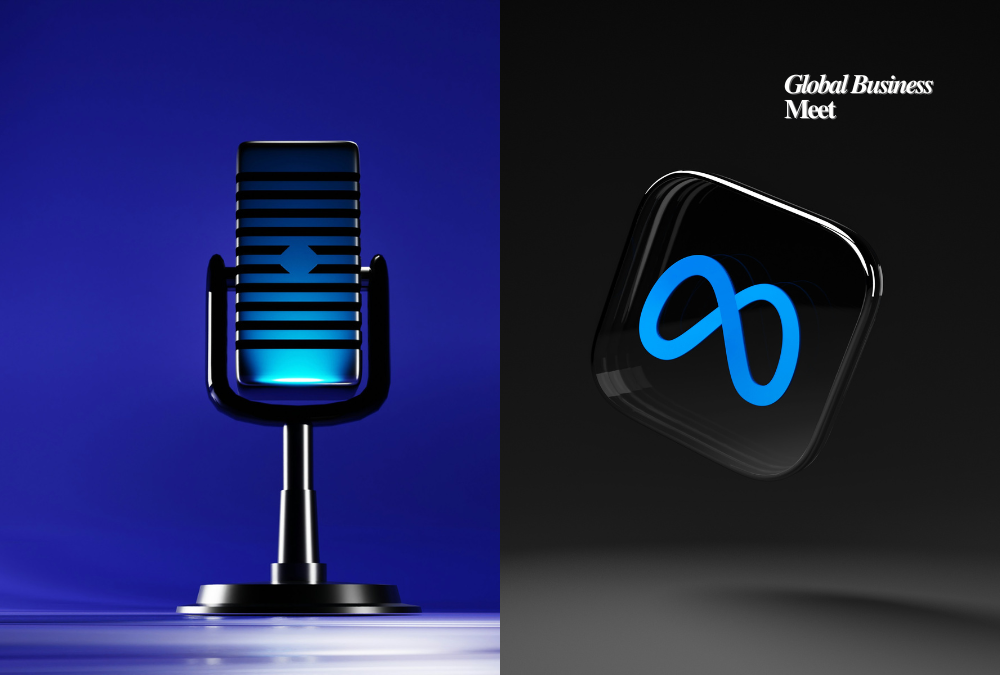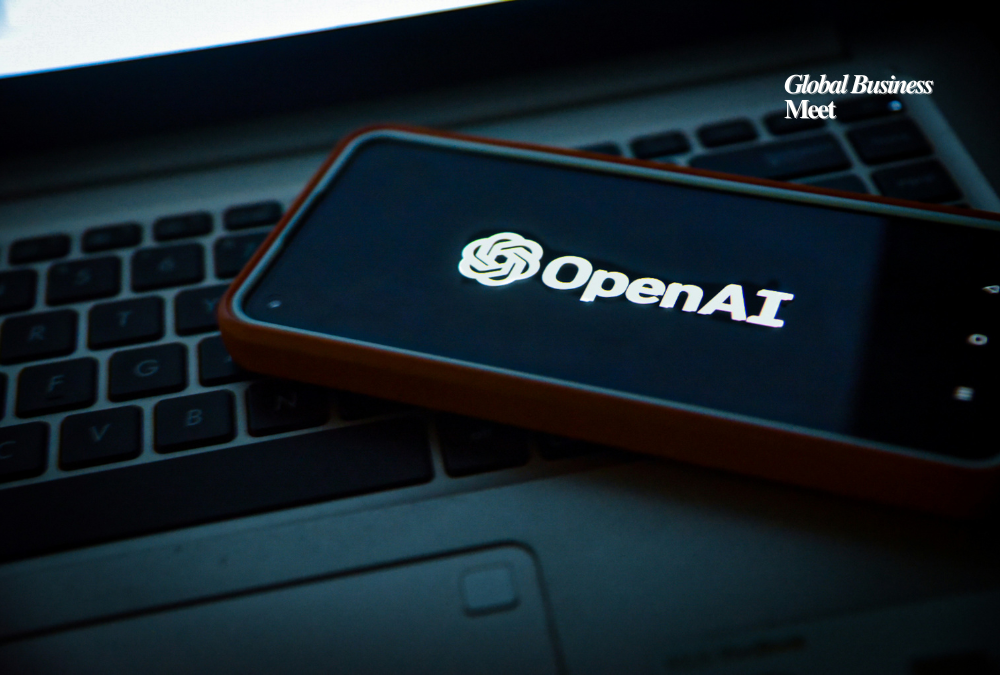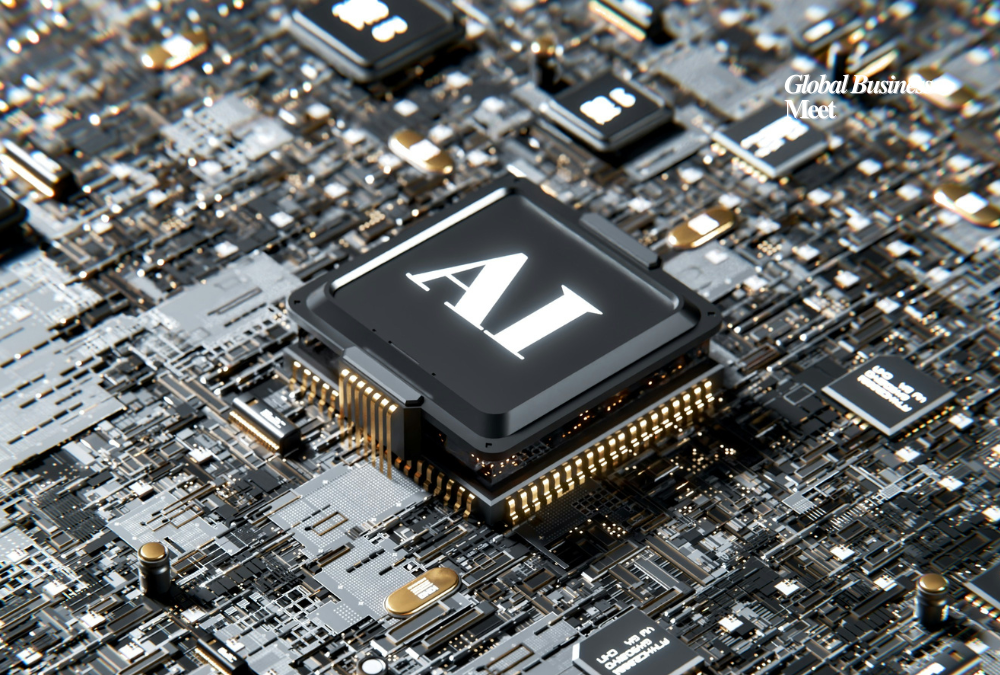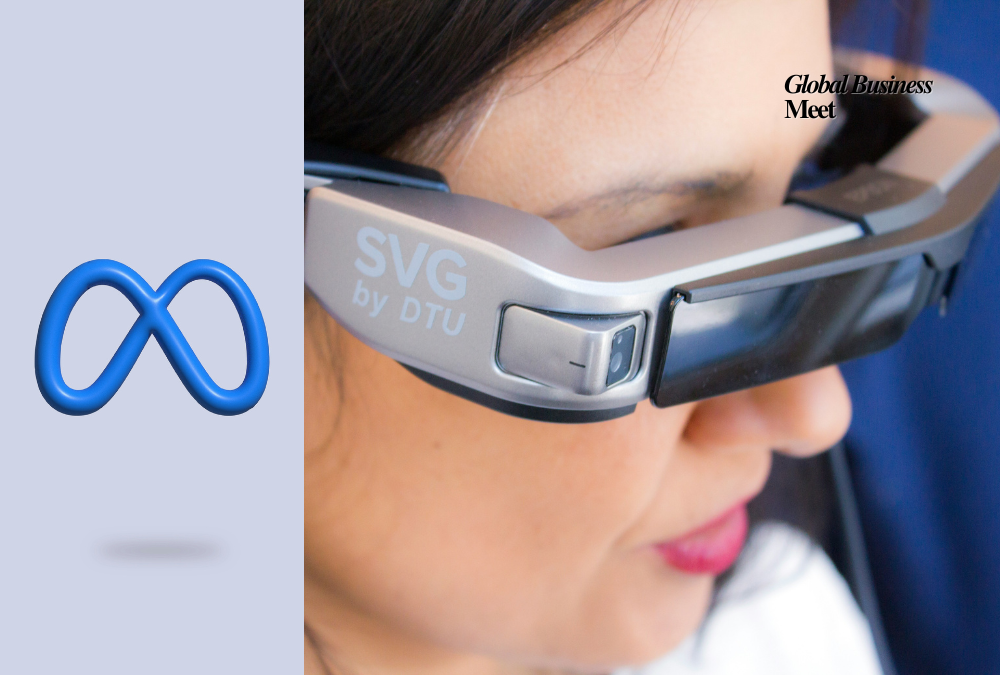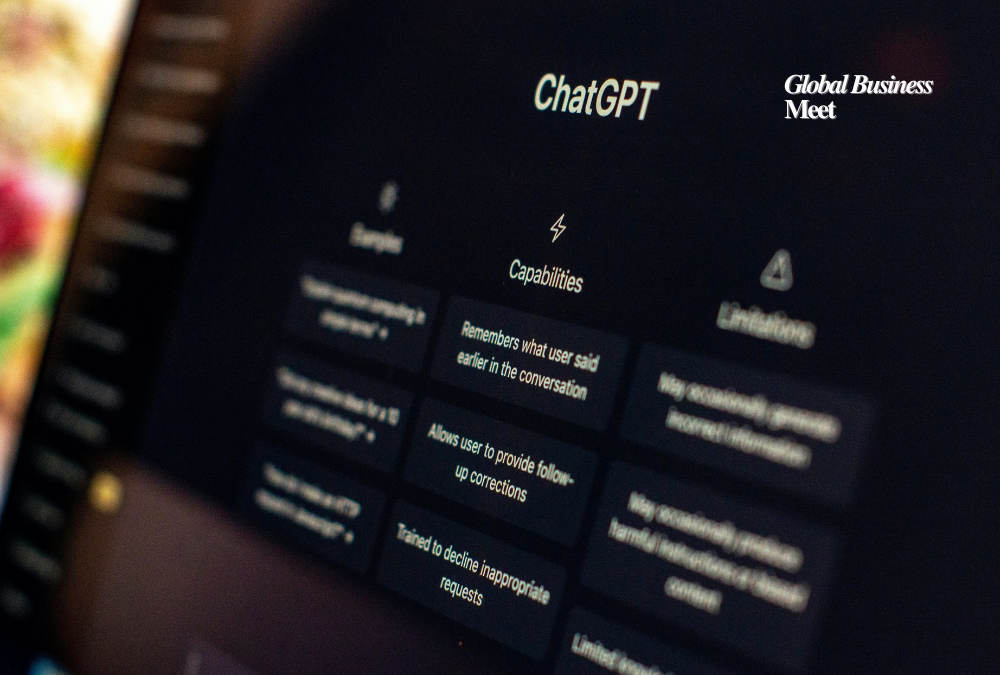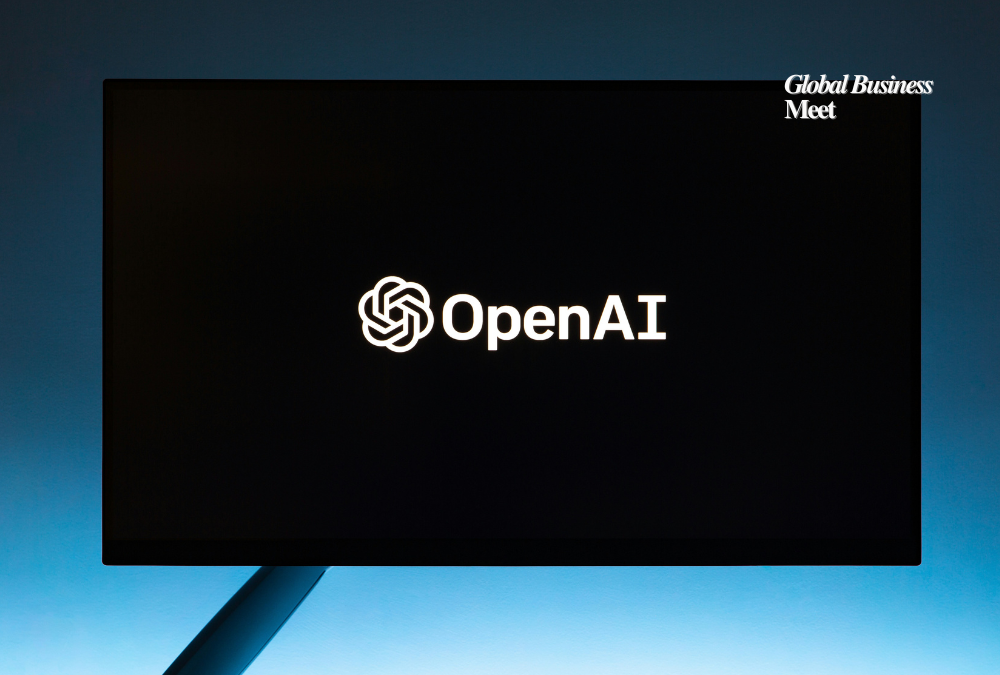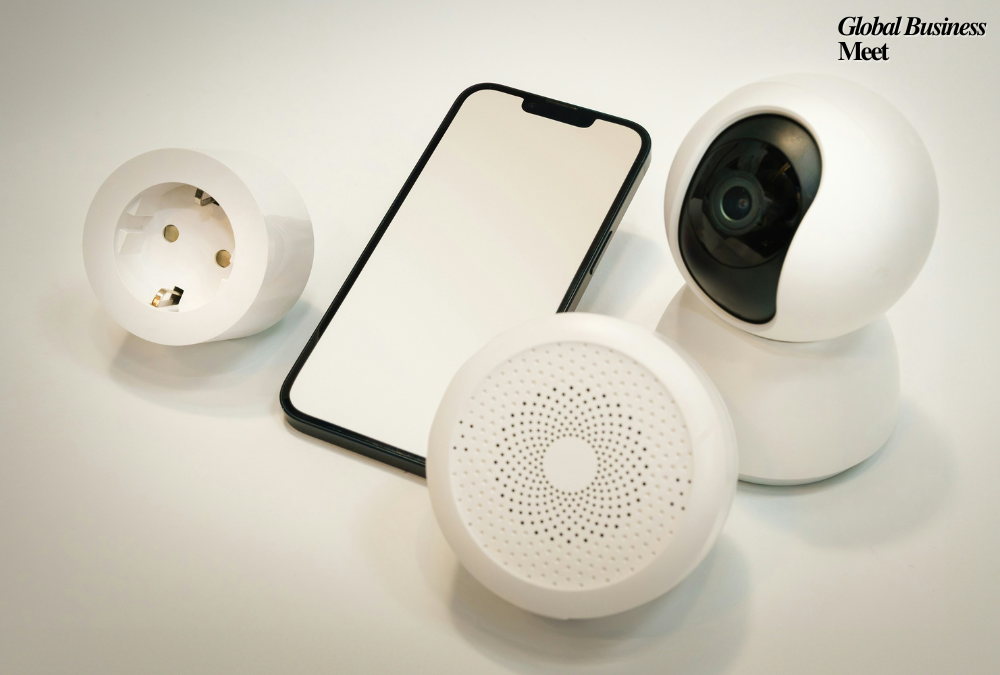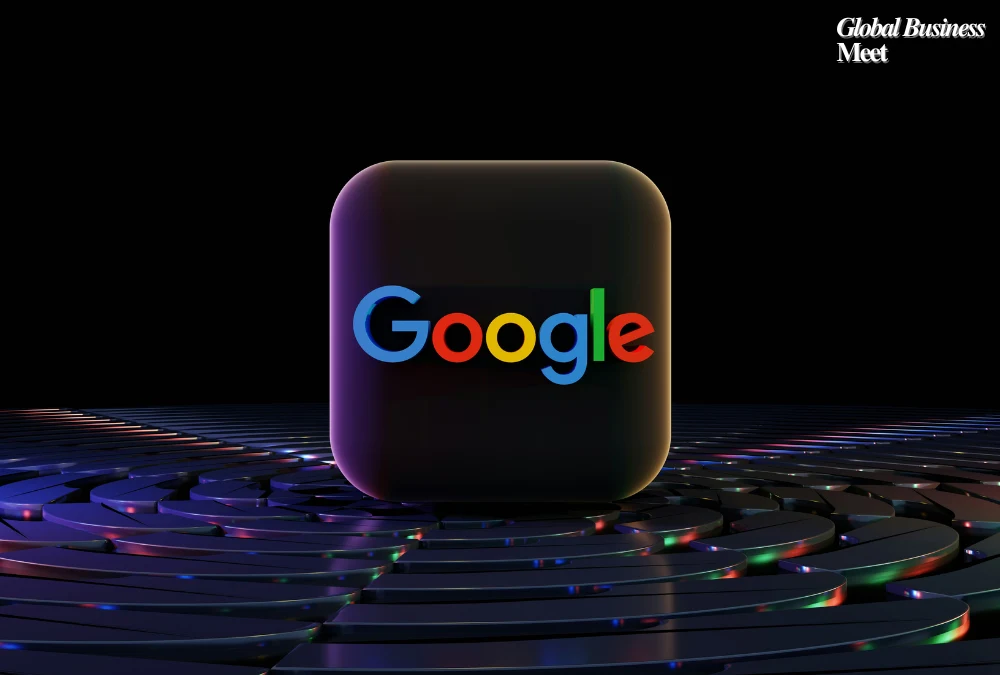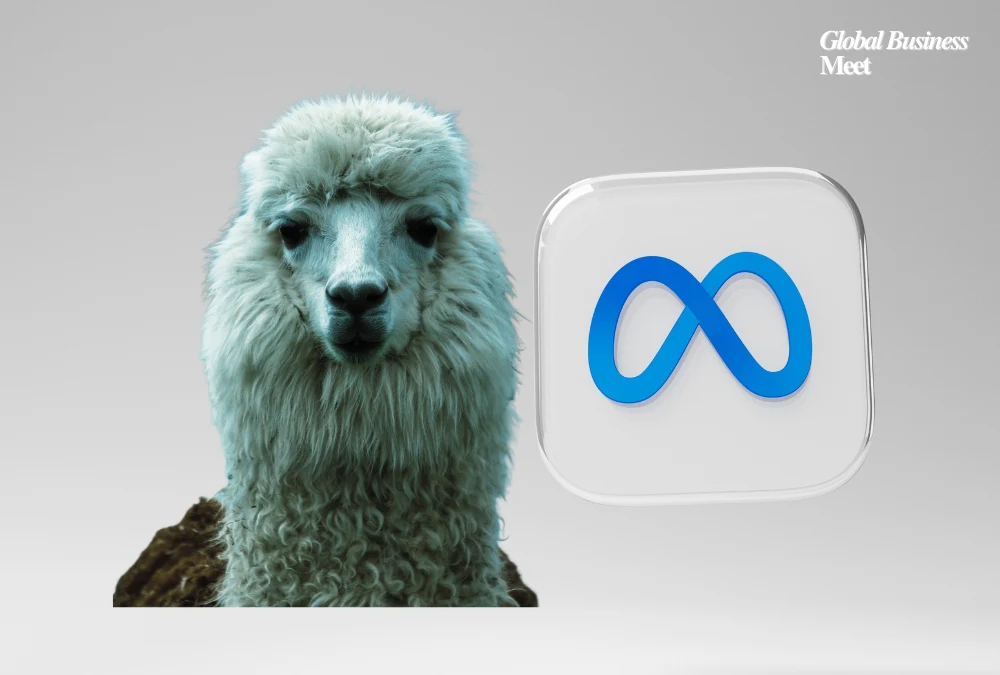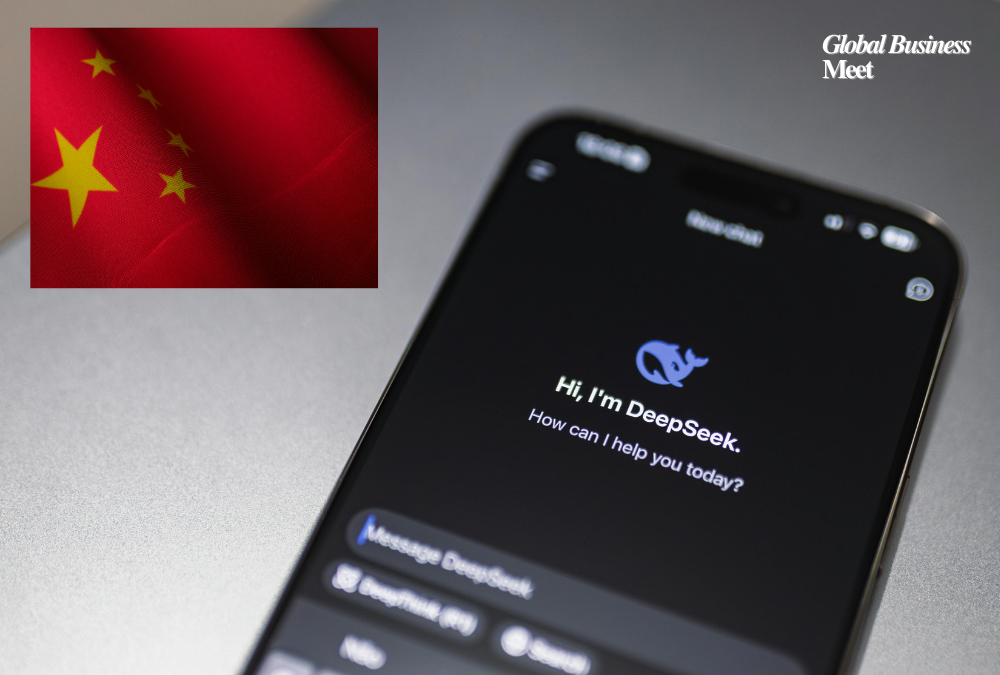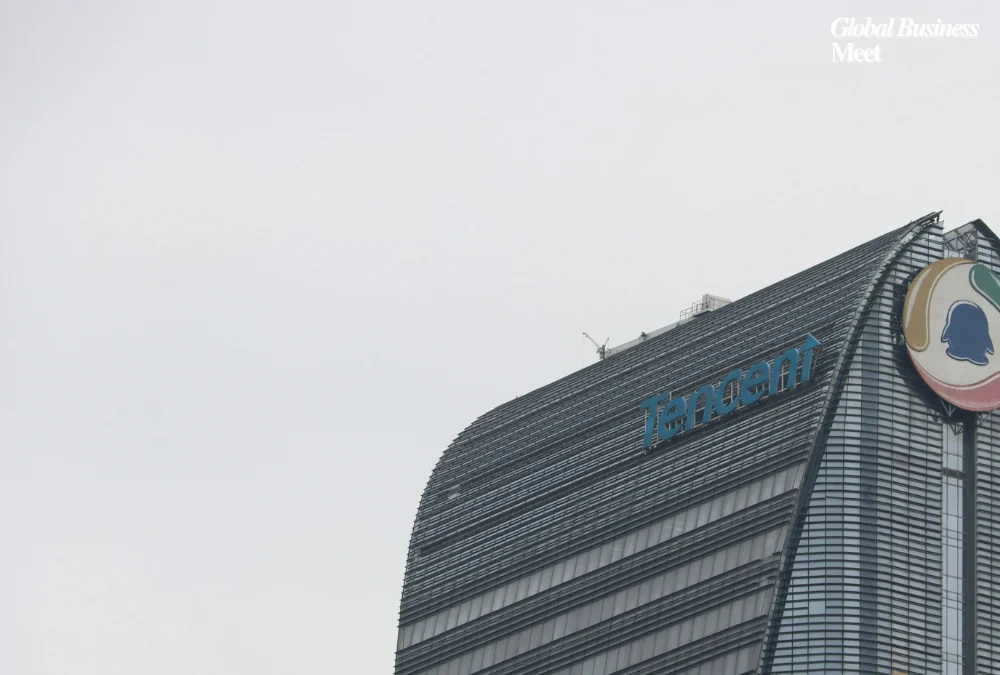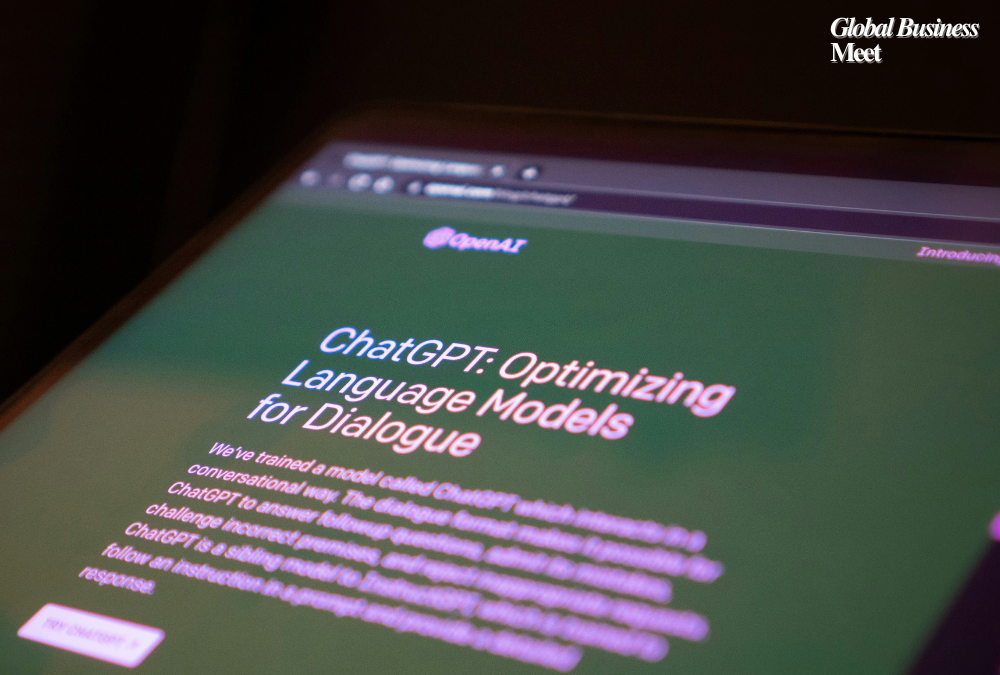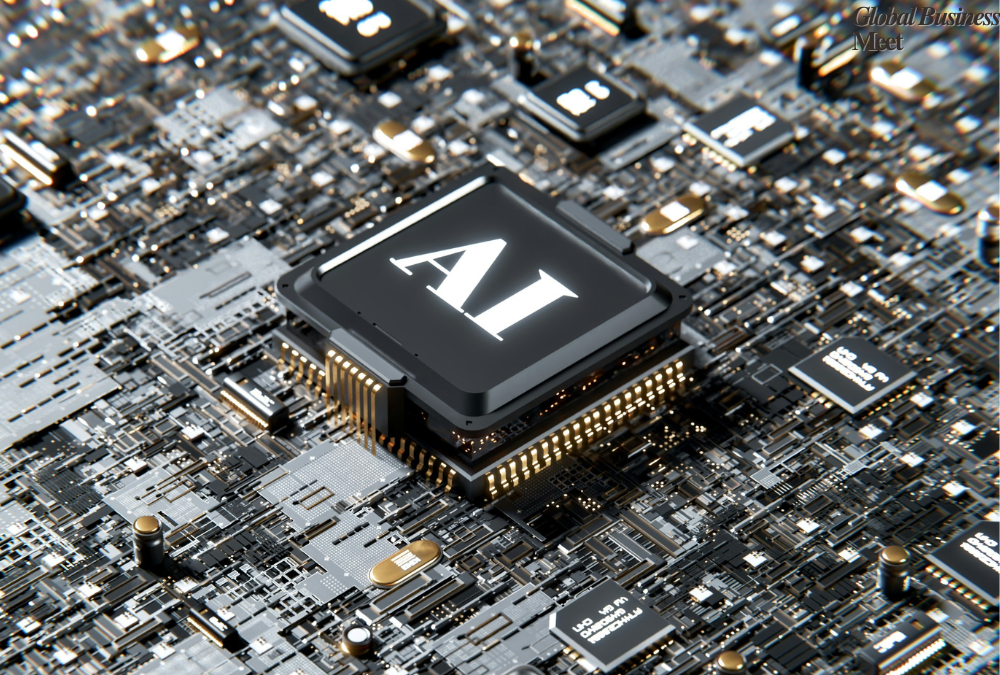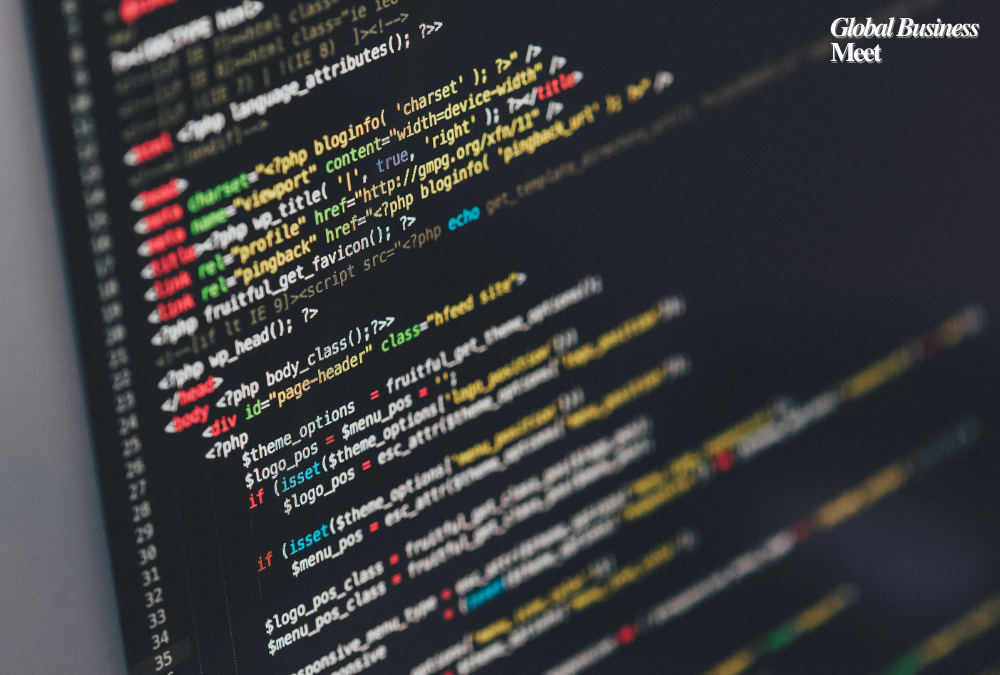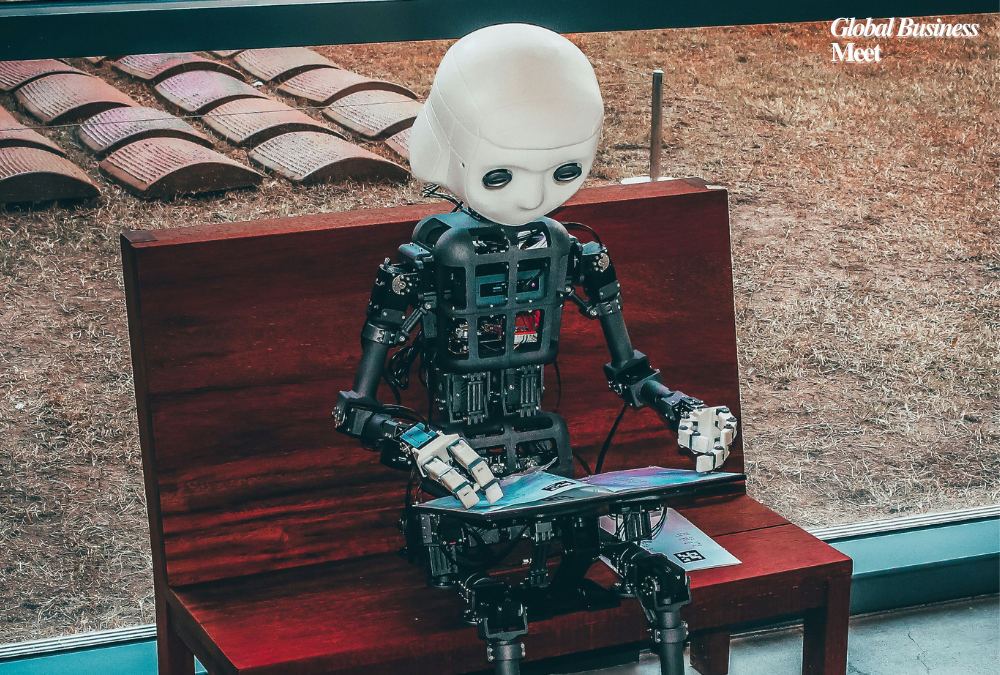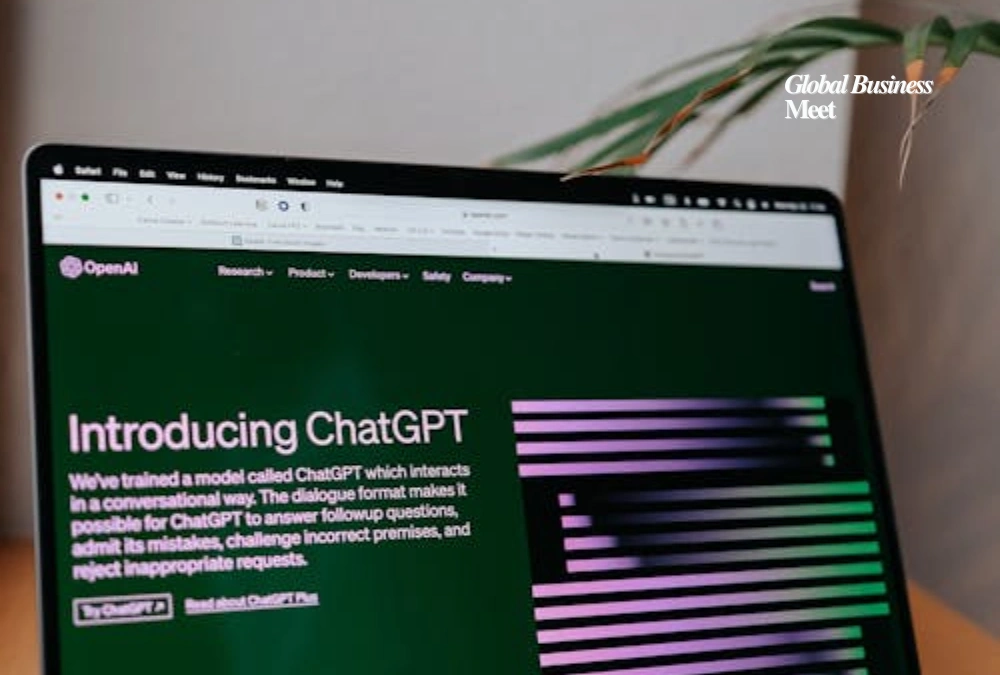
OpenAI announced major updates to its API during Dev Day on Monday, unveiling a suite of tools designed to enhance developer capabilities and make AI more accessible across industries. Among the highlights were GPT-5 Pro, Sora 2, and a smaller, cost-efficient voice model. These innovations aim to attract developers to OpenAI’s ecosystem while offering advanced functionality for applications in sectors that demand high accuracy and creativity.
GPT-5 Pro: Precision and Depth for Critical Industries
The new GPT-5 Pro model is built for developers working in industries such as finance, legal, and healthcare. According to OpenAI CEO Sam Altman, these sectors require advanced reasoning and high precision, which GPT-5 Pro is capable of providing. This model allows developers to build applications that need sophisticated decision-making, detailed analysis, and reliable outputs.
With GPT-5 Pro, OpenAI is offering a tool that goes beyond standard natural language processing. Developers can now access a model that handles complex problem-solving tasks while maintaining consistency and accuracy. By integrating GPT-5 Pro into applications, organizations can deliver solutions that require a deeper understanding of context and nuanced data interpretation.
gpt-realtime Mini: Affordable Voice Capabilities
Recognizing the growing importance of voice in human-computer interaction, OpenAI also introduced “gpt-realtime mini,” a smaller and cheaper voice model. This model supports low-latency streaming for audio and speech, making it suitable for real-time applications such as virtual assistants, customer support bots, and interactive voice interfaces.
Despite being 70 percent cheaper than OpenAI’s previous advanced voice model, gpt-realtime mini maintains high expressiveness and voice quality. Developers can now incorporate real-time audio responses into their applications without incurring significant costs, paving the way for more immersive and accessible AI experiences.
Sora 2: Next-Generation Video and Audio Generation
OpenAI also previewed Sora 2 in the API, a model capable of generating high-quality audio and video content. Sora 2 powers the Sora app, a TikTok-style platform where users can generate videos of themselves, friends, or other objects from text prompts. The app then presents the content through an algorithmic feed similar to social media platforms.
The new model builds on its predecessor by offering realistic, physically consistent visuals with synchronized audio. Developers have greater creative control, allowing them to direct camera angles, apply stylized visual effects, and integrate immersive soundscapes. Altman highlighted that Sora 2 can generate complex audiovisual content, from ambient sounds to synchronized effects that match on-screen actions.
Real-World Applications for Developers
Sora 2 is designed to assist developers and creators in generating content for concept development and visualization. For instance, OpenAI demonstrated how the model could help a toy designer at Mattel convert sketches into toy concepts, showing the potential of AI to enhance creative workflows. Marketing teams, advertisers, and multimedia creators can also leverage Sora 2 to produce prototypes, digital content, or campaign visuals efficiently.
By offering tools that combine visual and audio generation, OpenAI empowers developers to explore entirely new forms of digital storytelling and interactive media. These capabilities make it possible to experiment with immersive experiences that would have been difficult or time-consuming to produce manually.
Building a Stronger Developer Ecosystem
The updates announced at Dev Day reflect OpenAI’s strategy to grow its developer ecosystem. By providing access to GPT-5 Pro, Sora 2, and gpt-realtime mini, the company is enabling developers to create applications that are more versatile, engaging, and capable of solving complex problems. These tools are designed to lower barriers to entry while offering advanced capabilities for high-demand applications.
OpenAI’s focus on accessibility and high performance signals its commitment to supporting developers in a wide range of industries. By combining natural language processing, real-time voice, and multimedia generation, the company is positioning its platform as a comprehensive solution for next-generation AI applications.

